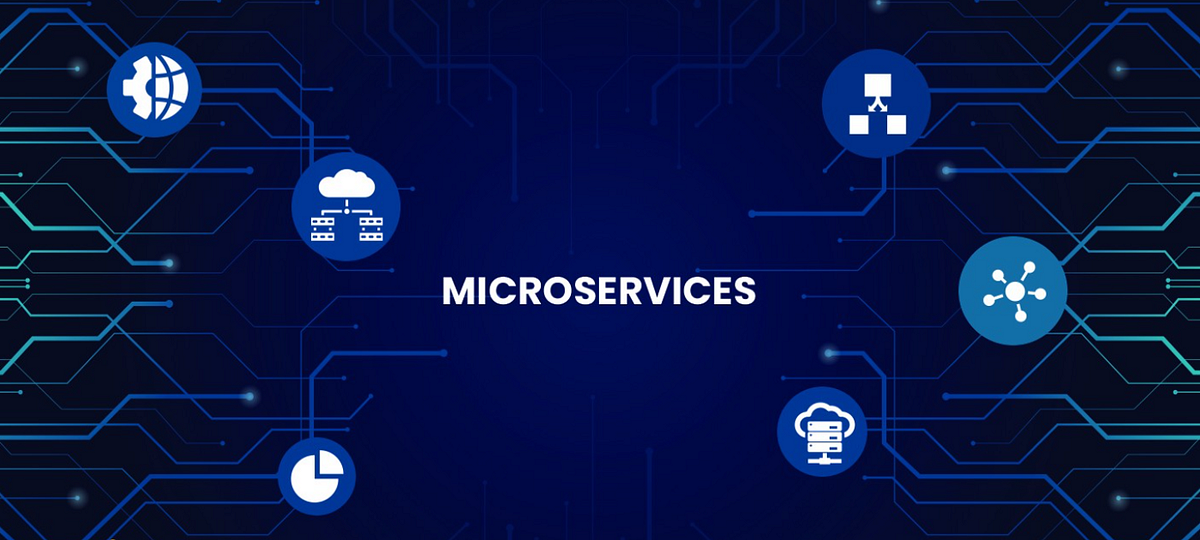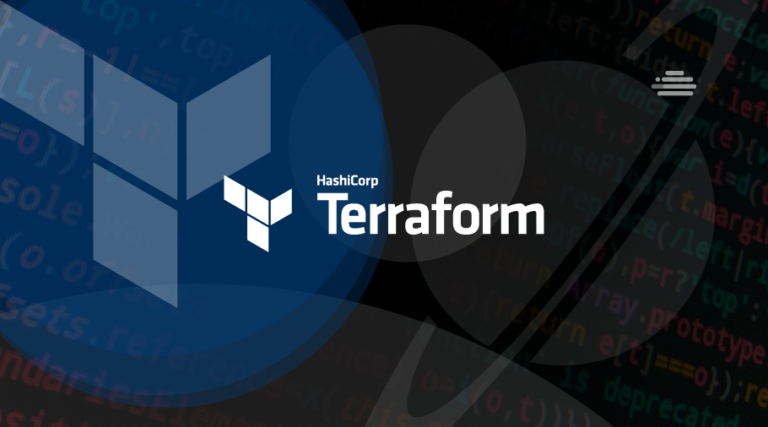Microservices architecture has revolutionized the way we build and deploy software systems. With the ever-increasing demand for scalability and resilience, it has become essential to adopt a microservices approach. In this article, we will explore the benefits of microservices in achieving scalability and resilience, discuss key techniques for achieving them, delve into architectural principles, and showcase real-world examples.
If you haven’t read the previous article about “Introduction to Docker: Containerization Made Easy” click below.

I. Scalability in Microservices Architecture: Scalability is a crucial aspect of modern systems. In monolithic architectures, scaling can be challenging due to the tightly coupled nature of components. However, microservices provide inherent advantages in achieving scalability. To scale microservices effectively, we can employ the following techniques:
- Horizontal Scaling: Horizontal scaling involves adding more instances of a microservice to distribute the load. It can be achieved using containerization platforms like Docker. For example, to scale a microservice named “user-service,” we can use the following command:
docker-compose up --scale user-service=4
Load Balancing: Load balancing helps distribute incoming requests evenly across multiple instances of a microservice. Tools like NGINX and HAProxy can be used to configure load balancers. Here’s an example configuration snippet for NGINX:
upstream backend {
server microservice-instance1;
server microservice-instance2;
}
server {
listen 80;
location / {
proxy_pass http://backend;
}
}
Auto-scaling: Auto-scaling allows the system to automatically adjust the number of microservice instances based on demand. Cloud platforms like AWS provide auto-scaling capabilities. For instance, to configure auto-scaling for an AWS Elastic Beanstalk environment, we can use the AWS Management Console or AWS CLI.
Service Discovery and Registration: Service discovery and registration enable microservices to dynamically discover and communicate with each other. Tools like Consul or etcd can be used for service discovery. For example, to register a microservice named “order-service” with Consul, we can use the following command:
consul services register --name order-service --address 192.168.0.100 --port 8080
II. Resilience in Microservices Architecture: Resilience is crucial to handle failures and ensure the system continues functioning properly. In a distributed microservices architecture, failures are inevitable, but resilience can be achieved using various techniques. To enhance resilience in microservices, consider the following approaches:
- Fault Tolerance and Error Handling: Microservices should be designed to handle failures gracefully. Implementing retries, timeouts, and circuit breakers can mitigate the impact of failures. Libraries like Hystrix provide circuit breaker patterns. Here’s an example of using Hystrix in Java:
@HystrixCommand(fallbackMethod = "fallbackMethod")
public String processOrder(Order order) {
// Business logic here
}
public String fallbackMethod(Order order, Throwable throwable) {
// Fallback logic here
}
Circuit Breakers: Circuit breakers protect the system from cascading failures. When a microservice encounters repeated failures, the circuit breaker trips and provides a fallback response instead of further propagating the error. Tools like Netflix Hystrix and resilience4j offer circuit breaker implementations.
Retry Mechanisms: Retrying failed operations can improve the chances of success. Libraries like Spring Retry and Polly provide retry mechanisms. Here’s an example of using Spring Retry in Java:
@Retryable(value = {CustomException.class}, maxAttempts = 3, backoff
{
@Backoff(delay = 1000, multiplier = 2)
public void performOperation() {
// Perform the operation with retry logic
}
- Distributed Tracing and Monitoring: Distributed tracing helps track requests as they traverse multiple microservices, aiding in identifying bottlenecks and performance issues. Tools like Jaeger and Zipkin provide distributed tracing capabilities. Additionally, monitoring tools like Prometheus and Grafana can help monitor the health and performance of microservices.
III. Architecting Microservices for Scalability and Resilience: To maximize the benefits of scalability and resilience, it’s important to follow certain architectural principles when designing microservices:
- Single Responsibility Principle: Each microservice should have a single responsibility, focusing on a specific business capability. This allows for easier scalability and isolation of concerns.
- Loose Coupling: Microservices should be loosely coupled, enabling them to evolve independently. This can be achieved by using event-driven architectures, message queues, or API gateways.
- Autonomous Services: Microservices should be autonomous and self-contained, owning their data and business logic. This promotes scalability and resilience.
- Event-Driven Architecture: Implementing an event-driven architecture allows microservices to communicate asynchronously through events, enabling loose coupling and scalability. Tools like Apache Kafka and RabbitMQ can be used for event-driven communication.
IV. Case Studies and Real-World Examples: To reinforce the concepts discussed, let’s look at some real-world examples of organizations successfully leveraging microservices for scalability and resilience. We’ll examine their architectural choices, lessons learned, and best practices.
Conclusion
Microservices architecture provides a powerful approach to architecting scalable and resilient systems. By implementing scalability techniques such as horizontal scaling, load balancing, auto-scaling, and service discovery, and embracing resilience techniques such as fault tolerance, circuit breakers, retries, and distributed tracing, developers can create robust systems that can handle high loads and recover from failures effectively. By adhering to architectural principles and learning from real-world examples, developers can unlock the full potential of microservices in building scalable and resilient systems.
Remember, each system has its unique requirements, so tailor these techniques and principles to your specific use cases. Embrace the power of microservices and architect systems that can thrive in the face of ever-growing demands.
Found this article interesting? Follow us on Twitter and Linkedin to read more exclusive content we post.





